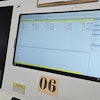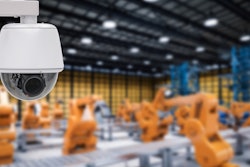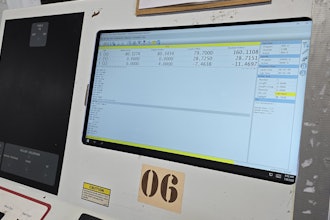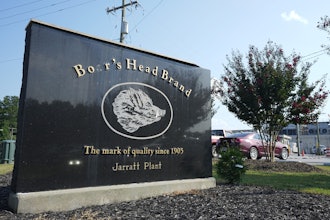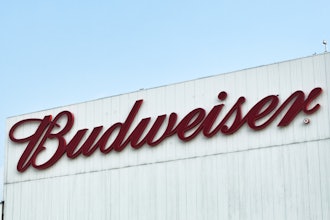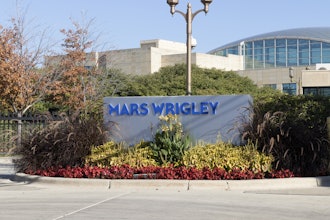
Industrial businesses regularly face high costs related to downtime. This was the finding of an ABB survey among 3,215 plant maintenance leaders across sectors such as energy, metals, utilities, chemical and food and beverage.
In the food and beverage sector alone, unplanned downtime can cost nearly $85,000 USD per hour, with 69% of industrial enterprises experiencing unforeseen shutdowns at least once a month. While the advantages of reliable equipment for maintaining reputation and uptime are widely acknowledged, these are not always reflected by the industry’s current maintenance practices.
The Current State of Maintenance
The direct costs associated with downtime include repairs, lost production, raw ingredient wastage, idle operators, and potential clean-up processes. Conversely, the indirect costs may involve lost productivity, reduced competitiveness, reputational damage, and safety hazards for employees potentially leading to accidents or injuries. Downtime negatively affects businesses, raising the question: How can they maximize uptime and avoid these unplanned outages? The answer lies in an effective maintenance strategy that prioritizes reliability and uptime.
Today, there are three well established maintenance models:
- Run-to-fail or reactive maintenance, where equipment runs to failure before it is fixed. Among those surveyed, 21% used reactive maintenance strategies. Of these businesses, 80% encountered unplanned downtime at least once a month. This figure is higher than the average of 69%, showing that there are hidden costs associated with the reactive approach.
- Time-based or preventive maintenance, in which companies perform equipment maintenance after a set period. This can be in the form of equipment replacement, modernization or reconditioning, however can often lead to the premature replacement of still-functioning assets. Around 45% of the respondents follow time-based maintenance strategies.
- Condition-based or predictive maintenance, where businesses use data about their assets’ performance to identify and mitigate potential risks and issues before outages occur. The 33% of businesses surveyed that use condition-based maintenance reported the most significant improvements in uptime over the past year - showing that a data-driven approach improves efficiency.
Digital Monitoring Brings Sweet Success
One example of an effective reliability strategy can be seen in a sugar processing plant in Belgium, which significantly improved its process uptime, optimized maintenance cycles, and achieved a 12% increase in energy efficiency by leveraging remote condition monitoring. The plant had been struggling with severe production downtime. It turned to ABB channel partner Duvivier Dexis, an industrial maintenance company that works with the sugar plant. They suggested implementing a digital monitoring service to track the condition and performance of critical equipment, including four drying drums and three fans.
Data analysis revealed that a fan responsible for sugar transport exhibited high vibration levels due to sugar particle build-up on the blades. Prompt cleaning of the blades and filter replacement resulted in improved uptime and an unexpected 12% energy saving, this is equal to an annual saving of €4,000 per fan.
This simple cleaning operation enabled the customer to cut unnecessary expenses by acting on insights from the condition monitoring system. The data showed that cleaning the fans annually was the optimal interval, showing why it is beneficial to advance from preventive maintenance to the more proactive approach of predictive maintenance.
Preventive maintenance strategies can often lead to unnecessary measures carried out as a precaution. However, shifting to a targeted, condition-based approach reduces costs and enhances asset availability by minimizing unplanned stoppages.
The Next Step in Reliability
There is now a fourth maintenance model, enabled by the emergence of new technologies and shifts in business practices: the outcome-based maintenance agreement. This is where businesses and service partners collaborate to achieve set outcomes, such as increased uptime or energy savings. By paying for set outcomes, plant maintenance leaders have control over their maintenance operations to ensure that business objectives and targets are met.
Outcome-based maintenance models are enabled by digitalization. Digital solutions allow equipment to be assessed and optimized on an ongoing basis. By connecting equipment, data can be gathered, monitored and analyzed to ensure that outcomes are being met. Using data from digital solutions helps operators make informed decisions on the most effective maintenance or reliability strategies.
A notable 87% of those surveyed expressed interest in such outcome-based agreements, recognizing reliability as just one of the advantages these can offer.
The Future is Reliable
Looking to the next three years, 60% of respondents indicated plans to increase investment in reliability and maintenance, according to the survey. The anticipated benefits of this increased spending are decreased unplanned downtime, increases in energy efficiency, and extended equipment life.
Reliability is a critical business advantage. This is helped by investing and entering long-term, outcome-based maintenance agreements with service providers. This supports greater certainty and ensures that operators have access to a team with the right expertise and resources to achieve desired outcomes.
Virve Viitanen is Head of Customer Care and Support at ABB Motion Services. To find out more about ABB’s reliability offering, click here.


